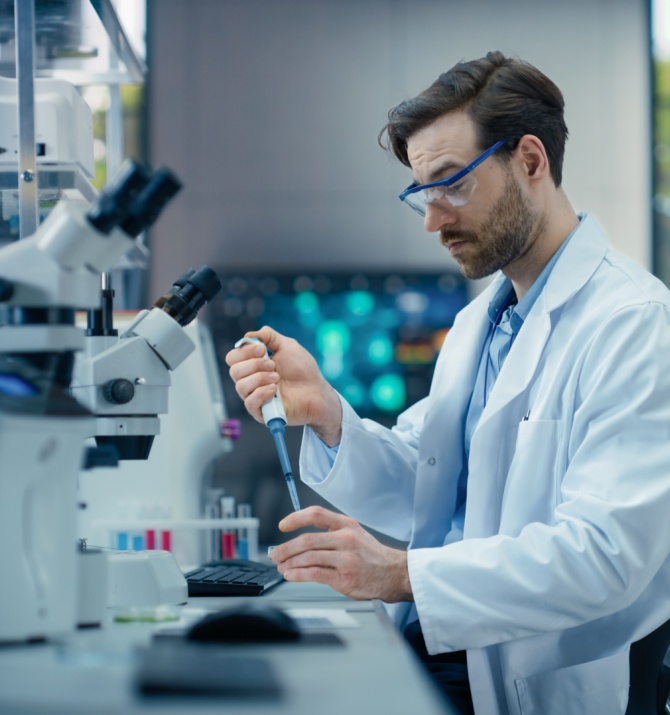Stem cell and regenerative therapy is a groundbreaking area of modern medicine that leverages the body’s natural healing abilities to repair, regenerate, and restore damaged tissues. Instead of merely managing symptoms, this innovative treatment targets the root cause of pain and dysfunction—damaged or aging tissue.
By using powerful regenerative cells, including stem cells and growth factors, these therapies can help accelerate healing in joints, cartilage, muscles, and other tissues affected by injury, arthritis, or degeneration. Whether you’re dealing with a chronic condition or a recent injury, regenerative therapy offers a personalized and science-backed solution designed to restore function and improve quality of life.
At Summit Health Group, we combine advanced technology with proven clinical protocols to deliver safe, effective, and minimally invasive regenerative treatments—bringing new hope and healing potential to our patients.


